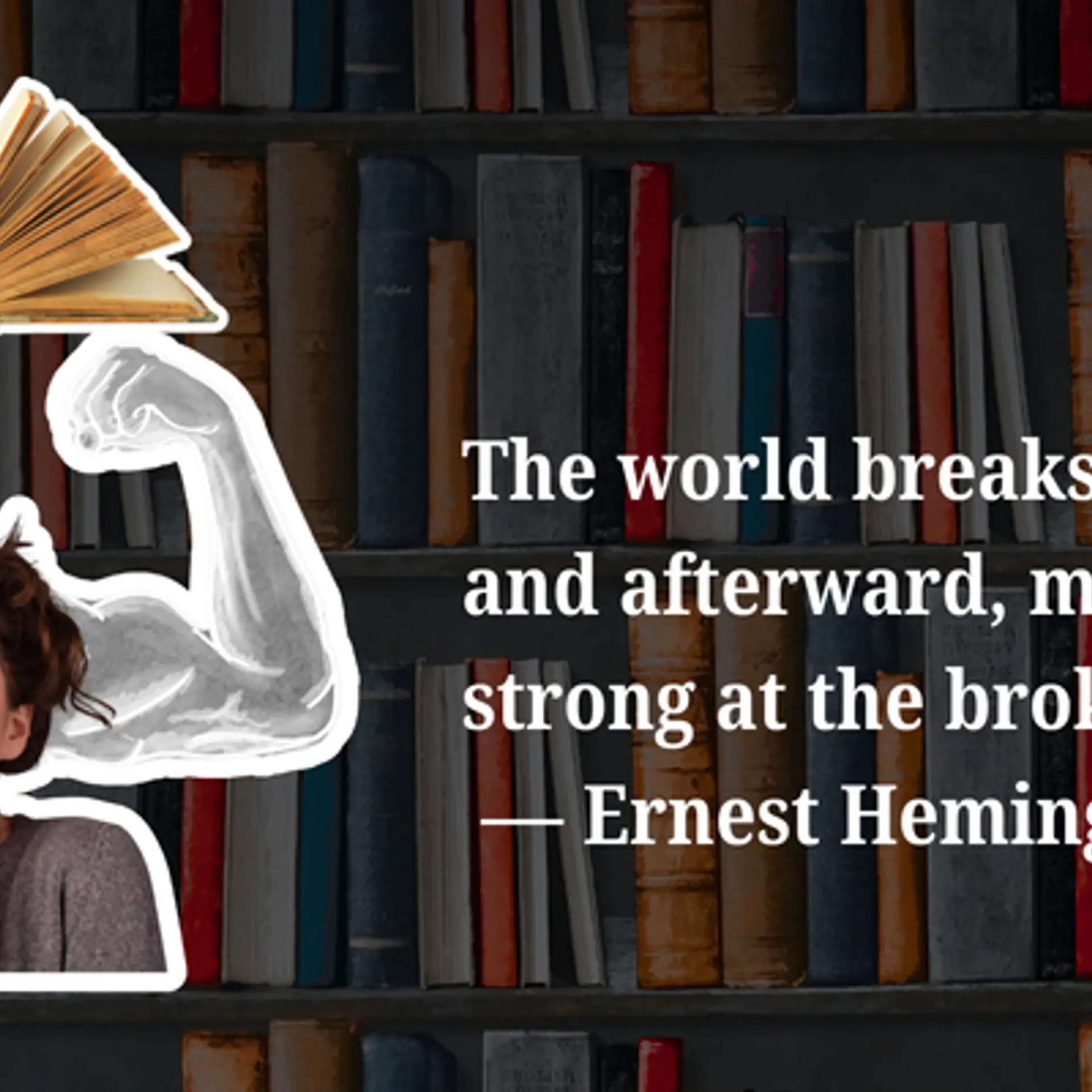Did Online Marketing and Social Media Change 4 P’s of Marketing?
All MBA students, marketers, advertisers are taught the 4 (important) P’s of marketing. Invented in 1960s, these P’s have formed integral part of marketing education since then. All elaborate marketing plans for brands and businesses are (or were?) based on Price, Promotion, Place and Product.
But, with the growing influence of social media and online marketing, have these 4, well at least 3, P’s of marketing changed? Let’s look at each of those in this light:
Price:
This P of marketing says that you should price your products or services competitively across distribution channels. But do you really think you can do that when there are so many deal sites and comparison sites? Today, price is one of the major factors because of which consumers join social media sites – especially in case of travel. Aren’t companies forced to let the market decide the price?

Additionally, with Internet, mobiles, social media, it has become very easy for consumers to identify inconsistency in pricing if you have introduced any. This can be very dangerous for the brand image because consumers will immediately find that out and even worse, talk about that more openly and to a wider audience.So Price can rarely be of marketing advantage.
Promotion:
With rising costs of traditional advertising and lack of ways for measuring effectiveness, many companies are turning away from costly advertising media like TV commercials or billboards. In past as well, many brands have succeeded without costly advertising and marketing.
For example: With its umbrella marketing strategy, Amul spends only around 1% of turnover for marketing.
When around 3.5% of revenue is being spent on advertising by fashion retailers, the popular Zara brand spends just 0.3%!
Ferrari, the Italian sports car manufacturer does not spend a single penny on advertising space. They rely completely on special exclusive events, word of mouth and of course social media as their marketing weapons.
Google started advertising only recently and Facebook also did not reach the valuation to the tune of $100B with advertising.
But, with Internet and social media, word of mouth and forming a close connection with customers and users seem to be the key to promotion. Conventional promotion mechanisms are no more being banked on when the world has become such a smaller and well connected place with Internet.
Place:
Does place really matter in the Internet age? With so many online shopping sites, eCommerce sites, reviews and social shopping sites, aren’t consumers going on web for shopping? Most of the large stores like Shoppers Stop also have special offers for online buyers.
I think, therefore, the ‘place’ parameter has seized to have significant place in the strategic marketing planning.
Product:

So we are left with last P –Product. ‘Product’ definitely has not have changed. No matter what you use for promotion, what price you keep and where you sell it – you got to have a great product.Yes, but one thing has changed. In this age of social communication and connection, you have to not only make products that meet the needs of consumers but also make them newsworthy. Today the verdict about product on social media reaches the consumer before the company’s advertisement. So make sure your product delivers the value beyond the expectations of the consumer.
Users did not want an iPad until it was built but now they wonder how they lived without it for so many years. The key here is building great products, newsworthy products and enjoyable user experiences.
I think Kotler’s conclusion “The best way to hold customers is to constantly figure out how to give them more for less.” holds very true – even today! : - )







